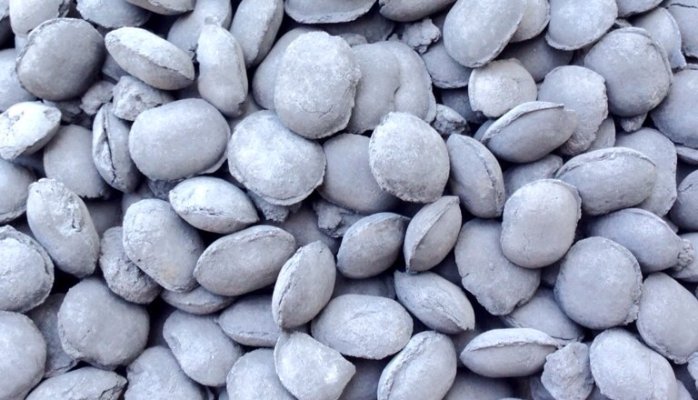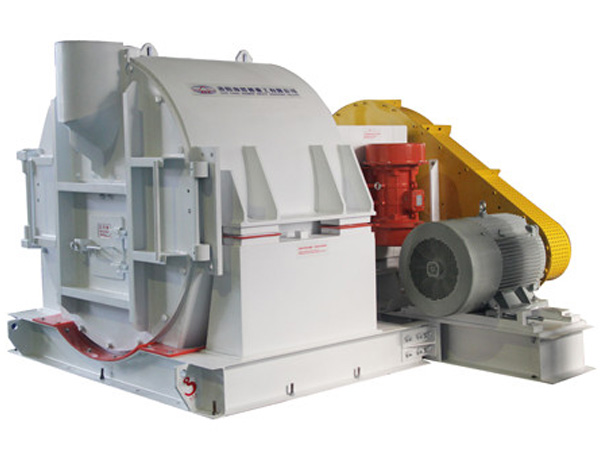Now, the degree of mechanization of tunnel construction is relatively high. Generally speaking, the commonly used tunnel construction equipment mainly includes: concrete mixing station, concrete transport truck, concrete pump, generator set, large-capacity transformer, high-lift pump, and constant pressure water supply equipment , Large electric air compressors, rock drills, high-power ventilators, dump trucks, side-turn loaders, excavators, concrete sprayers, grouting machines, steel bar processing equipment, tunnel formwork trolleys, gravel processing equipment, and self-propelled special mold base for processing, etc.
Concrete mixing station: responsible for mixing concrete used in tunnels and mixing sprayed concrete dry materials.
Concrete truck: Transport the mixed concrete to the place of use.
Concrete delivery pump: Pump the concrete in the concrete truck to the pouring site.
Generator set: As the backup power for the tunnel power supply, when the grid power fails, the generator will start to supply power.
Large transformer: Provide electricity for tunnel construction.
High-lift pump: pump the water from the lower part of the water into a pool about 50 meters above the top of the tunnel, and then take over it as the high-pressure water source for tunnel construction.
Constant pressure water supply equipment: when there is no high-level pool, provide rated pressure water equipment to the high-pressure pipe network.
Large-scale air compressor: Provide high-pressure wind to the tunnel construction face. Generally, the wind pressure reaches 5-7kg/cm2.
Rock drill: commonly known as pneumatic drill, equipment for drilling blastholes.
High-power ventilator: It is an important equipment for tunnel ventilation to ensure the air quality in the tunnel.
Dump truck: Generally, a large dump truck of 12 to 15 tons is used for the transportation of caverns.
Rollover loader: loading equipment to load the caverns on the dump truck.
Excavator: remove the loose ballast on the working face and excavate the inverted arch of the tunnel.
Concrete Shotcrete: Shotcrete equipment.
Grouting machine: grouting into the ground or the bolt hole.
Rebar processing equipment: processing rebar.
Tunnel formwork trolley: As a large overall formwork for tunnel lining, it can move forward and backward by itself, and it is equipped with hydraulic cylinders both horizontally and vertically.
Crushed stone processing equipment: The cave ball is processed into crushed stone and used as concrete material.



